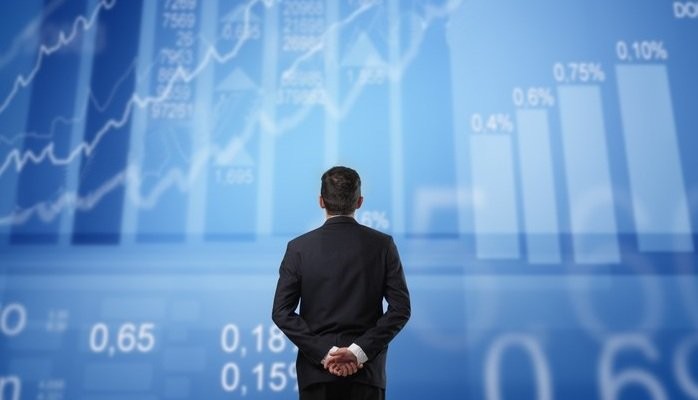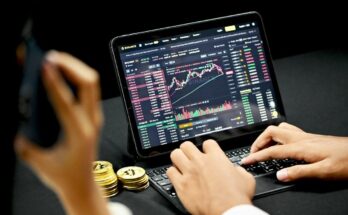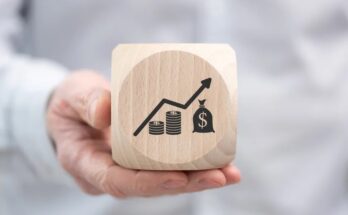What is Automated Trading?
Automated trading refers to the use of computer programs and algorithms to automatically execute trades in financial markets. These programs are designed to follow a set of predefined rules and criteria for entering and exiting trades. By automating the trading process, traders can take advantage of market opportunities without the need for constant monitoring.
How Does Automated Trading Work?
Automated trading systems rely on a combination of technical indicators, market data, and trading rules to make buy or sell decisions. These systems can analyze large amounts of data within milliseconds and execute trades instantly. The algorithms used in these systems can be based on various strategies, such as trend following, mean reversion, or statistical arbitrage.
Benefits of Automated Trading
Automated trading offers several benefits to traders. Firstly, it allows for faster and more efficient trade execution, reducing the impact of human emotions and delays. Automated systems can respond to market conditions and execute trades instantly, leading to improved efficiency and potential cost savings.
Secondly, automated trading eliminates the need for continuous manual monitoring. Traders can set specific criteria and rules for the system to follow, allowing them to focus on other tasks or even trade in multiple markets simultaneously. This frees up time and reduces the chances of missing out on profitable opportunities.
Furthermore, automated trading systems can backtest strategies using historical data to assess their performance. This enables traders to refine their strategies and make data-driven decisions. Automated trading also provides the ability to diversify trading across multiple markets and instruments, spreading risk and potentially increasing returns.
Risks and Considerations
While automated trading offers numerous advantages, it also comes with certain risks and considerations. One of the main risks is system failure or technical glitches, which can lead to erroneous trades or losses. Traders must ensure the reliability and robustness of their automated trading systems and have contingency plans in place.
Another consideration is the potential for over-optimization or curve-fitting. Traders must avoid tailoring their strategies too closely to historical data, as this can lead to poor performance in live trading conditions. Additionally, market conditions can change, and strategies that were once successful may become less effective.
Popular Automated Trading Strategies
There are various popular automated trading strategies employed by traders. Some common strategies include trend following, mean reversion, breakout trading, and statistical arbitrage. Trend following strategies aim to capitalize on market trends, while mean reversion strategies seek to profit from price reversals. Breakout trading involves trading on the breakouts of key support or resistance levels, and statistical arbitrage focuses on exploiting pricing inefficiencies between related securities.
Choosing an Automated Trading System
When selecting an automated trading system, traders should consider several factors. These include the system’s performance track record, risk management capabilities, ease of use, compatibility with their trading style, and available customer support. Traders may also choose to develop their own custom systems or use pre-built systems provided by reputable vendors.
Best Practices for Automated Trading
To maximize the benefits of automated trading, it is essential to follow best practices. This includes regularly monitoring and evaluating the system’s performance, adjusting parameters as needed, and staying updated with market conditions. Traders should also have a clear understanding of the system’s rules and algorithms and conduct thorough testing before deploying it in live trading.
Regulation and Legalities
Automated trading is subject to regulations and legalities, which vary across jurisdictions. Traders must ensure compliance with applicable laws, licensing requirements, and risk management guidelines. It is important to work with reputable brokers and software providers that adhere to regulatory standards to safeguard investments and personal information.
Future Trends in Automated Trading
The future of automated trading looks promising, with advancements in artificial intelligence, machine learning, and big data analytics. These technologies have the potential to enhance trading strategies and decision-making capabilities. Additionally, the integration of automated trading with other emerging technologies, such as blockchain and cloud computing, could further revolutionize the financial markets.




